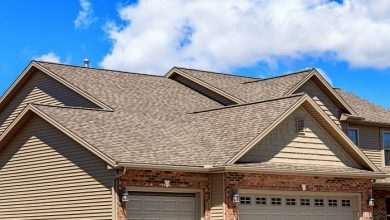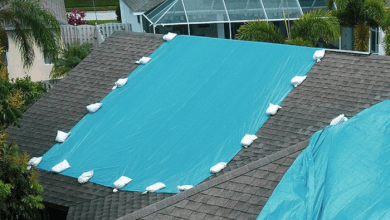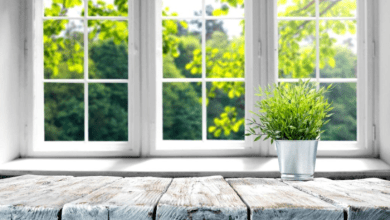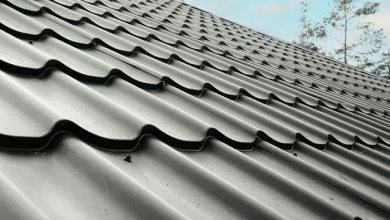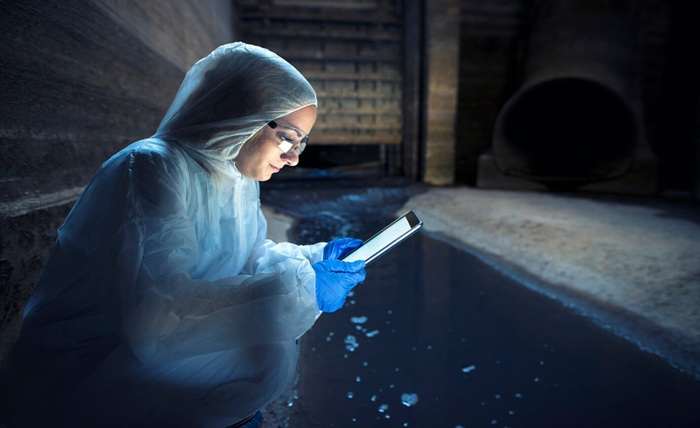
Introduction
Maintaining a healthy home environment starts from the ground up, quite literally. Your home’s crawl space is a hidden yet crucial area that can significantly influence your property’s overall integrity and air quality. If neglected, this area might become a breeding ground for mold and mildew, leading to numerous health and structural issues. By understanding and implementing strategic preventive measures, homeowners can keep their crawl spaces mold and mildew-free. This comprehensive guide will provide the necessary steps and considerations to safeguard your crawl space and, consequently, your home.
Understand Mold and Mildew
Mold and mildew are fungi that thrive in damp, dark environments where they can feed on organic material, such as wood and drywall. They are particularly notorious for causing health issues, including allergic reactions and respiratory problems, especially in individuals with asthma or compromised immune systems. Mold removal is essential when it takes hold, but prevention is a more efficient, less costly approach to maintaining home health. Understanding their preferred conditions—moisture, warmth, and organic material—is the first step in prevention.
Identify Sources of Moisture
Moisture is the primary factor in promoting mold growth within crawl spaces. Identifying and eliminating sources of water and moisture can avert potential mold outbreaks. Familiar sources include ground moisture seeping through floors, leaking pipes, and poor drainage around the home’s foundation. Ensure your home’s exterior is well-graded to direct water away from the structure. Additionally, regularly inspect plumbing fixtures for leaks, and consider installing a sump pump if your crawl space is susceptible to flooding. Eliminating these moisture sources is key to preventing mold and mildew from taking root.
Ensure Proper Ventilation
Ventilation is essential in managing humidity levels within your crawl space, limiting conditions favorable for mold growth. Adequate air circulation facilitates moisture evaporation, helping to keep surfaces dry. Check existing vents to ensure they are unobstructed and functioning correctly. In some cases, mechanical ventilation systems, like exhaust fans, can be installed to increase airflow. This will help maintain an optimal environment that discourages mold and mildew.
Use Vapor Barriers
Vapor barriers are one of the most effective tools for preventing ground moisture from entering your crawl space. Typically made from thick plastic sheeting, vapor barriers are laid over the entire floor area to block moisture from the earth. This prevents dampness and condensation on surfaces susceptible to mold and mildew. Proper installation is crucial, as gaps or compromised sheets can allow moisture to infiltrate. When laying a vapor barrier, ensure it fits snugly against the walls and is tightly sealed to prevent moisture access.
Install Effective Insulation
Insulation is another formidable barrier against mold proliferation. It maintains consistent temperatures and prevents condensation. By adequately insulating crawl space walls and floors, you can reduce heat transfer, minimizing energy costs while keeping the area dry. Thanks to their moisture-resistant properties, foam board and spray foam insulation are highly recommended for crawl spaces. Ensure any existing insulation is dry and mold-free before adding new layers, as wet insulation can exacerbate mold issues.
Maintain Humidity Levels
Mold thrives in conditions where relative humidity exceeds 60%, making humidity control an essential element of mold prevention strategies. Using a dehumidifier can help maintain optimal humidity levels, particularly in climate zones prone to high humidity. Managing humidity inhibits mold growth and enhances the overall comfort of your home. During regular checks, consider using a hygrometer to monitor the humidity levels within your crawl space to ensure they remain below the threshold for mold growth.
Regular Inspections
Routine inspections are invaluable in keeping mold and mildew at bay. They allow catching the earliest signs of moisture or fungal presence, enabling quick action. During inspections, focus on checking for discoloration on walls or beams, a musty odor, or visible mold patches. These are telltale signs that immediate steps are required. If concerns arise, consult with professionals who can conduct more thorough evaluations and advise on effective interventions. Regular inspections can prevent minor issues from escalating, ensuring your crawl space remains dry and healthy.
Conclusion
Preventing mold and mildew in your crawl space isn’t an underestimated task. By understanding the conditions that favor their development and implementing practical strategies to counter them, homeowners can protect their property and health from potential adverse effects. Regular maintenance, adequate ventilation, humidity control, and vigilance in identifying moisture sources are all pivotal components of a mold-free crawl space strategy. With these efforts, homeowners can remain safe, healthy, and free from mold and mildew. Embrace these guidelines and transform your crawl space into a well-protected part of your home, contributing to overall peace of mind and quality of living.
